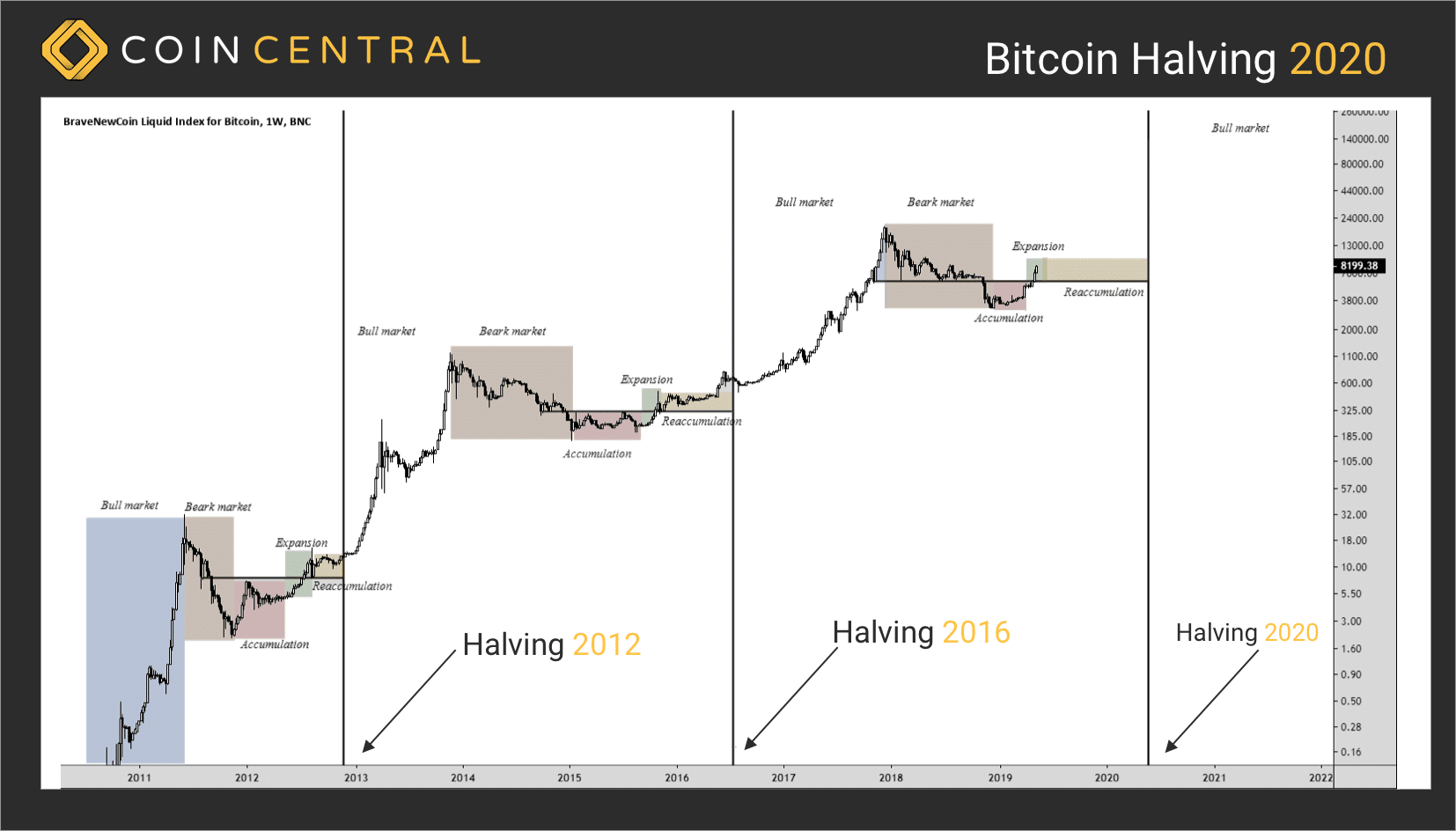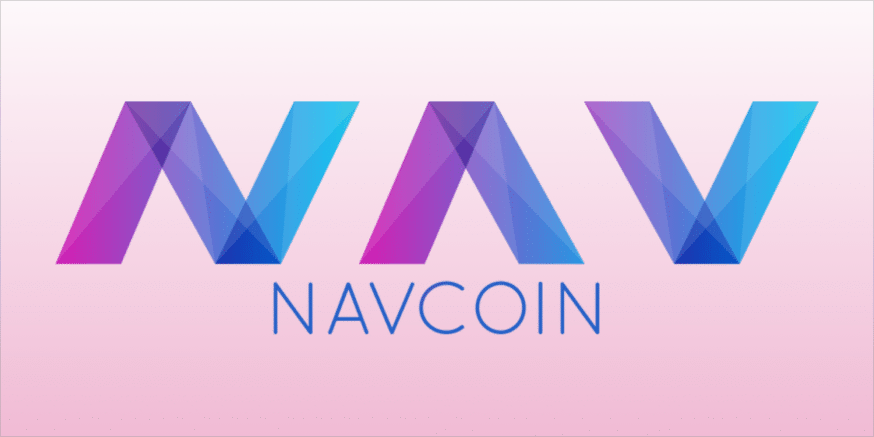What Is NavCoin?
NavCoin is a cryptocurrency designed to be anonymous and simple to use. Established in 2014, it belongs to an older class of cryptocurrencies that came before the recent wave of ICOs. NavCoin has stood the test of time well. Over the past four years, it has implemented various upgrades, features, and improvements. The team is dedicated and knowledgeable, and as a result, the platform has seen consistent growth.
However, NavCoin has not seen the kind of growth that the other competitors in the race to be the top privacy coin have seen. Dash, Zcash, and Monero have all outstripped NavCoin in terms of adoption and funding. In 2017, the project saw a comeback, as they began to emphasize design, usability, and experience. The NavCoin wants to make it simple and fast to use private transactions.
In this NavCoin guide, we’ll dig into:
- How Does NavCoin Work?
- NavCoin Token (NAV)
- NavCoin Team & Progress
- Trading History
- Where to Buy NAV
- Where to Store NAV
- Conclusion
- Additional NavCoin Resources
How Does NavCoin Work?
The original Bitcoin code is the bedrock for NavCoin’s code, but the developers have changed several key features of Bitcoin. First, NavCoin implements a secondary sub-chain known as NavTech. NavTech enables transaction anonymization and mixing (see below). Second, NavCoin exchanges Bitcoin’s proof of work algorithm for proof of stake. Additionally, NavCoin transactions are generally faster and cheaper than Bitcoin. In the future, they will also support decentralized applications coded directly to the blockchain.
Transaction Times, Fees, & Scalability
Since the early days, one of NavCoin’s strong suits has been its fast transaction times. NavCoin sees block confirmations every thirty seconds as opposed to Bitcoin’s ten minutes. This is faster than Monero (2 minutes) and Zcash (2.5 minutes). Dash also averages about 2.5 minute block times, but its masternodes make it possible to send instant transactions. That said, NavCoin has the fastest standard block time of any popular privacy coin.

These fast transactions aren’t expensive either. Where currencies like Bitcoin and Ethereum are having trouble with high miner fees, NavCoin keeps its transaction costs low. The average fee is only 0.0001 NAV to send a standard transaction. Private, encrypted transactions can be more expensive, however.
Nav Coin is also looking ahead for scalability concerns. They already use a proof of stake consensus algorithm that reduces the energy consumption associated with mining. The community has also already voted and activated SegWit, making block size smaller. Future proposals will implement an equivalent of Bitcoin’s Lightning Network, taking some transactions off-chain with instant settlements.
Anonymity & Untraceability
The community firmly describes NavCoin as a “privacy coin.” However, the reasons for wanting privacy aren’t sketchy or malicious. In fact, token privacy and untraceability is an important function for a financial system and a currency. It contributes to a token’s fungibility – the ability for anyone to accept any token – because the token’s history can’t be traced. Each NAV token is equally valuable and has no known history.
Anonymous transactions are not required or even standard on NavCoin. They’re optional. But if you choose to enable NavCoin’s anonymous transactions, the transaction is fully dissociated from your sending account and IP address on the blockchain.
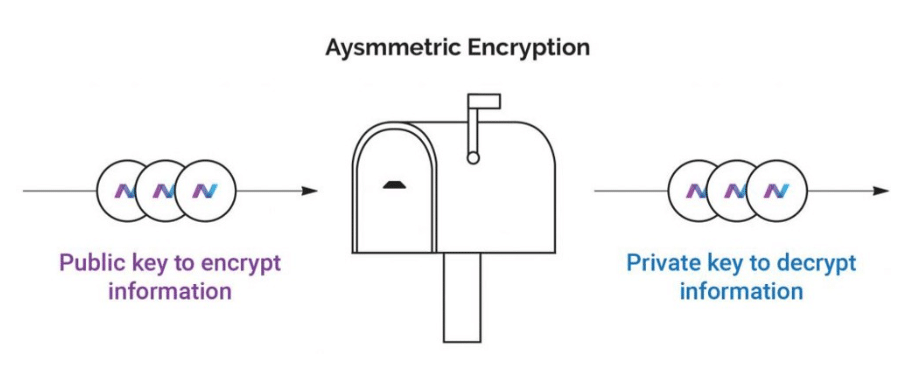
These anonymous transactions take place using the NavTech subchain. This unique solution enables a user to send NAV to a recipient via a subchain of the main blockchain. The transaction is encrypted, and the sender transmits the NAV for the transaction to the NavTech subchain, instead of sending it directly to the recipient. The NavTech subchain involves multiple servers and layers of encryption passing the transaction around. NavTech then sends the final payment to the recipient from a token pool that the NavTech contract manages. The original tokens from the sender are not the same as the tokens the recipient receives.
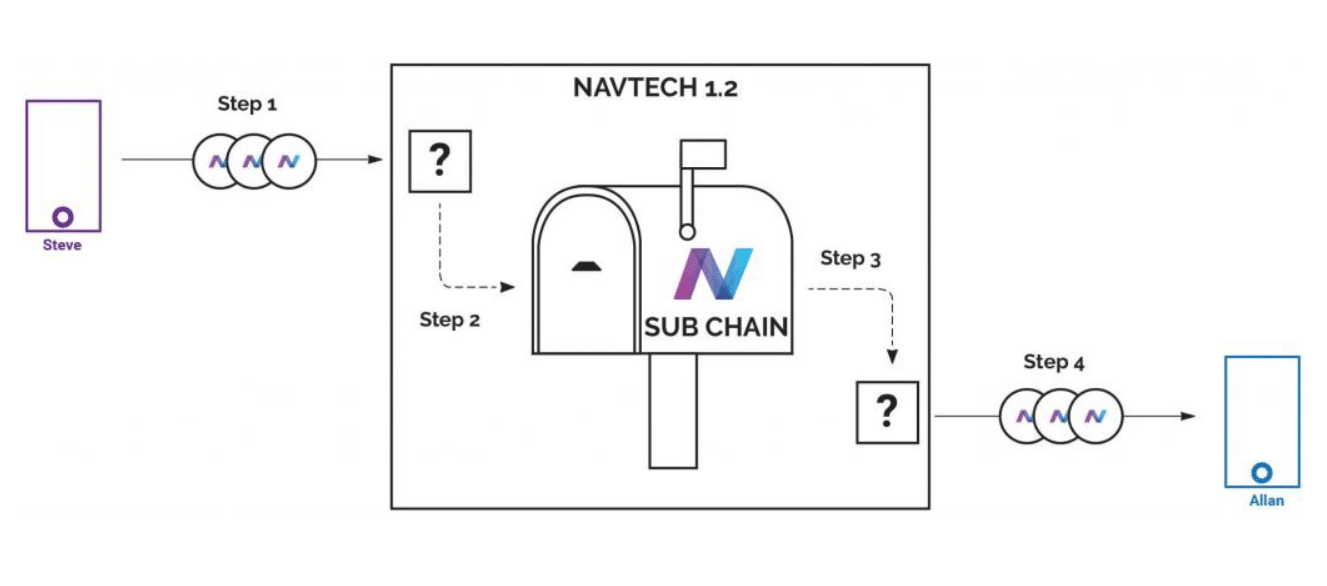
The layered encryption and mixing in a managed token pool is NavCoin’s privacy method. It ensures no one can follow a NavTech transaction to its final destination. The NavCoin plans to continuously implement even more robust privacy measures like fake transactions and dummy accounts that increase the circulation of NAV through the NavTech subchain, further obfuscating the trail of real transactions.
Valence Platform
In addition to privacy measures in the development pipeline, NavCoin also has projects under development that will turn it into more than just a currency. The Valence Platform is a sister project to NavCoin. It powers the NavTech subchain and also provides functionality for many other uses. Valence seeks to be the first anonymous platform for decentralized apps.
In contrast to other decentralized apps platforms, however, Valence does not use a virtual machine. Instead of coding in an environment hosted on the blockchain, Valence aims to allow developers to code directly to the blockchain. This is a tricky proposition, and there are all kinds of safety concerns that the development team is tackling. Valence, of course, operates a separate blockchain from NavCoin. However, they do interface.

Valence is not yet released, so we don’t have complete information on how exactly it works. Needless to say, it’s a big challenge, but it could be a compelling solution that offers a unique experience for developers should the NavCoin team pull it off.
Proof of Stake Mining

While most other cryptocurrencies implement some form of proof of work mining, NavCoin was among the first to implement proof of stake. Proof of stake relies on users putting up a portion of their NAV holdings in order to gain an opportunity to create a new block. If the network ratifies the new block you created, you’ll receive a reward. If your block is bad or contains fraudulent transactions, the proof of stake algorithm takes away all the coins you staked. This incentivizes honest block creation.
With NavCoin, it’s possible to earn a five percent interest from staking your NAV. In order to do so, however, you’ll need to operate a staking node on the network. You can do this on your computer by downloading the NavCoin Core client and setting the amount of NAV you want to stake. Alternatively, you can buy a Raspberry Pi and set it up to run a staking node for you. The Arduino client for this application is called Nav Pi. The Raspberry Pi uses less energy to stake your coins, and it can always be on. It also doesn’t consume battery or processing power on your main computer like the Core client does.
[thrive_leads id=’5219′]
NavCoin Token (NAV)
NAV launched in 2014, and it has been publicly listed on exchanges since then. You can use the NAV token as a form of value transfer, similar to the way you would use Bitcoin.

The NAV network is still fairly small, however. Only 100 wallets hold about 60 percent of all NAV tokens. 1000 wallets hold nearly 80 percent, meaning that the number of NAV users is still fairly small.
NavCoin Team & Progress
The team behind NavCoin and Valence is Encrypt S Ltd. However, it’s an open source project. As such, they’ve built up a big community following, and anyone can contribute.
NavCoin features a very active development team. New updates come out regularly, usually every week. The Lead Engineer, hailing from New Zealand, is Craig MacGregor. He is also CEO of Encrypt S Ltd.
Nav is also one of the most beautiful, easily understood coins out there. This is in large part thanks to their marketing and creative team. NavCoin’s focus on style, branding, and communication sets them apart in blockchain space. Usability is important for adoption of any early-stage project, and it’s nice to see NavCoin taking this element of the platform seriously.
Since forming in 2014, the NavCoin team has accomplished quite a lot. They’ve implemented SegWit, created a Community Fund, and created OpenAlias, an open standard that transforms wallet addresses into names that are easy to read and remember.
The next major milestone for Navcoin is the implementation of confidential transactions (CTs) with Bulletproofs. This addition improves the privacy of transactions on the blockchain without significantly increasing transaction sizes.
Trading History
NavCoin’s trading history, like many other altcoins, has been unfortunate lately. Over its nearly five year lifetime, the NAV price has had three almost vertical price jumps. However, they were short-lived.
The first occurred in September 2016 but was allegedly due to market manipulation. At the end of August 2017, the price increased by almost 600 percent in one week to reach an all-time BTC high of ~0.000366. You can likely attribute this monumental run to an increase in privacy coin popularity at the time as well as an updated NavCoin roadmap.
The last major bull-run for NavCoin coincided with a market boom at the end of 2017. At this time, the NAV price reached an all-time USD high of over $4.60. The price has since greatly fallen and is currently sitting at a floor of about $0.15 (~0.00004 BTC).
Simply, NavCoin needs more adoption before a price bounceback. Because other, more popular, privacy coins have already implemented some of the items on NavCoin’s roadmap, it seems that upcoming product releases won’t be enough to give the price a boost.
Where to Buy NAV
NAV is an established coin, and as such, you can find it on most major exchanges.
Binance conducts over 70 percent of all NAV trading. Next is Bittrex with around five percent. You can trade BTC for NAV on both of these platforms. Binance supports NAV trades with ETH and BNB as well.
Where to Store NAV
You’ll need to set up a NAV wallet to store your coins. Just visit NavCoin’s wallets page to get started.
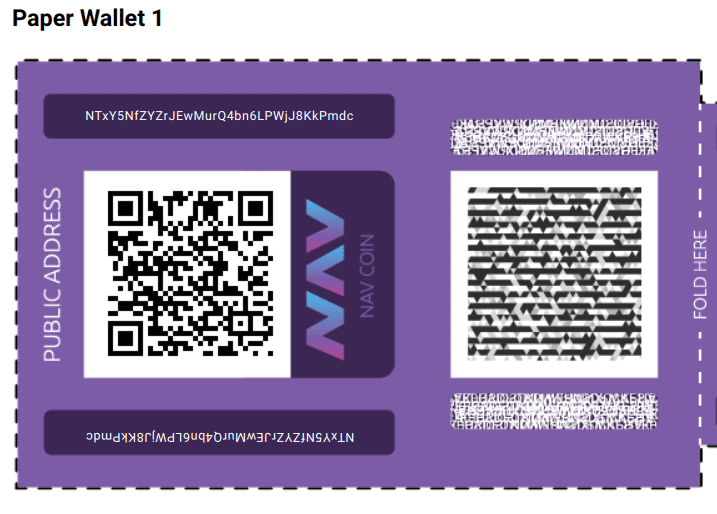
There’s an option for a paper wallet if you just intend to store your NAV. You can create a paper wallet quickly using their web interface.
However, if you want to earn interest from staking, you’ll need to run a NavCoin Core client. You can download these for PC, Mac, Linux, and Raspberry Pi on the downloads page linked above.
Finally, NavCoin also has a light wallet for making payments on the go called NavPay. NavPay is available for mobile and web.
Conclusion
NavCoin has been around for a while, is making progress, and is doing interesting work in the private payments and anonymous DApps space. However, they continue to fly relatively under the radar with a market cap significantly lower than similar privacy projects despite being founded around the same time as them. Ultimately, do your own research to decide if this project is undervalued or if its competitors have outpaced it in the privacy race.
Editor’s Note: This article was updated by Steven Buchko on 2.25.19 to reflect the recent changes of the project.
Additional NavCoin Resources
Never Miss Another Opportunity! Get hand selected news & info from our Crypto Experts so you can make educated, informed decisions that directly affect your crypto profits. Subscribe to CoinCentral free newsletter now.



